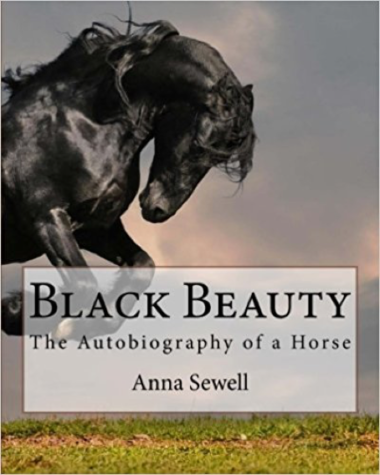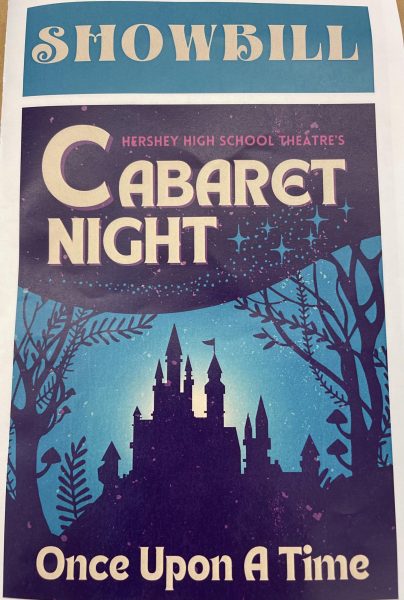5 Famous Animals in Movies
February 14, 2018
Forget the beautiful actors and extravagant humans of films. Some of those classic movies wouldn’t be the the same without these four-legged stars.
Toto
The captivating Cairn Terrier is one of the reasons why The Wizard of Oz is so charming. In fact, according to IMDb, she is the most known dog in the movie industry. Toto was the best friend and a slice of home to Dorothy, and people immediately fell in love when she first appeared on screen.
Toto almost lost her life during the filming of The Wizard of Oz, but thankfully walked away with just a broken leg and a two-week recovery.
The terrier made a $125 per week salary, which was more money than most of the human actors in the film. Toto’s name used to be Terry, but was changed due to the popularity of The Wizard of Oz.
Toto left a paw print in hearts ever since 1939, when The Wizard of Oz was released, and she won’t be forgotten any time soon.
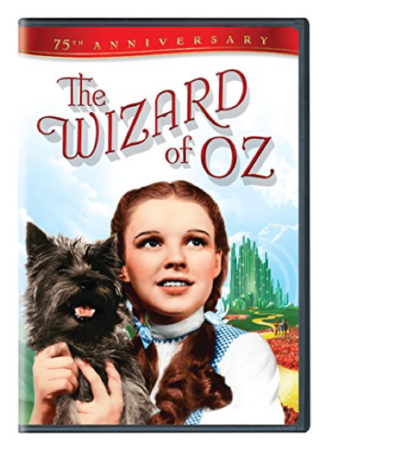
Babe
This lovable pig taught humans a lot of things, one of them being that farm animals can be just as sweet as normal pets. However, Babe was not just one pig. The movie took three years to create, and because pigs grow at a rapid rate, 48 had to play the role of Babe. While making the movie, no one probably expected that the comedic, children’s film would spark an animal abuse movement.
Behind the cute, inspiring story of Babe, there are recurring themes throughout about animal cruelty. Actor James Cromwell, who played Farmer Hoggett, decided to take the step beyond vegetarianism and become a vegan after starring in the movie. According to Animal Studies Repository, many viewers followed his lead, and they became known as “Babe Vegetarians.”
Despite scenes in the film containing animal abuse, according to Humane Hollywood, no animals were harmed in the making. Humane Hollywood explains that all of the dogs used in Babe and the sequel, Babe: Pig in the City, were found at animal shelters, and they were then adopted by the cast and crew. After the movie, all of the pigs were placed in homes in Australia, where the movie was filmed, and they enjoyed their lives on farms, not plates.
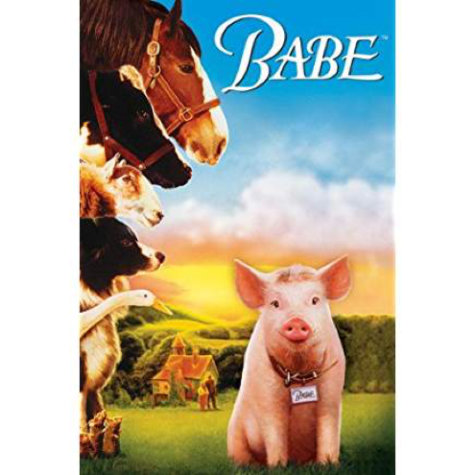
Beethoven
In 1992, one of the most famous dog-themed movies was released, and families adored the slobbering star. Kris, the 200-pound St. Bernard who played Beethoven, starred in the first two movies. Both of these films were massive successes, and they sprouted six more movies.
Unfortunately, Kris passed away shortly after the second movie. Before his death, his trainer, Teresa Miller, told People that he lived the rest of his life “being lazy and drooly and hanging around the house.”
Producers had to find another dog to play Beethoven, but Kris had left huge paw prints to fill. According to Wolfstoria, three dogs were used for the next films. One St. Bernard performed tricks and stunts, while another did unique tasks which included drooling and rolling in mud. A female dog worked best with children and puppies. Even decades after Kris’s passing, families still enjoy Beethoven, and the huge, dribbling puppy in it.

Lassie
With 1,500 dogs auditioning to play the role of the lovely female “Lassie,” filmmakers believed they could find a dog better than Pal. The inferior, male Rough Collie would never stop barking or chase his tail, but Pal was the original “Lassie.” Pal was considered, simply, a pet-quality dog, and moved from trainer to trainer since he could not be disciplined.
However, when Rudd Weatherwax was given the dog, he, sensed his potential of becoming a great show-dog. Pal was initially rejected for the role of “Lassie,” because his eyes were too big, his head was too flat, and a white blaze ran down his forehead.
A female, prize-winning Collie was chosen as the star, and Pal was a stunt dog. During the filming, though, it became apparent that the female dog was not fully trained and refused to work on several scenes. One scene required the dog to swim in a river, and Pal jumped right in. The director was impressed with Pal’s fearlessness, and was hired as the lead.
According to CBS News, Weatherwax and Pal worked on six other Lassie films, and the two pilots of the Lassie television series. Pal passed away at the age of 18, but not before he worked on acclaimed films and taught the world the true meaning of an underdog.
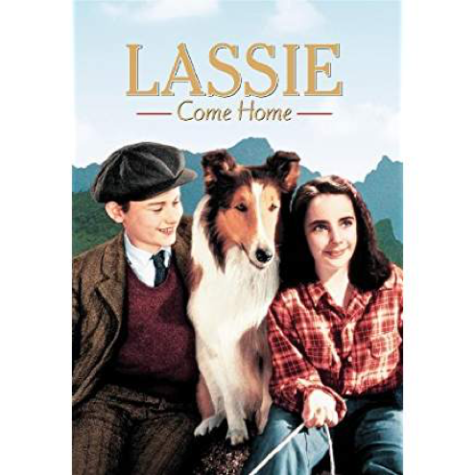
Black Beauty
The 1877 children’s novel by Anna Sewell was not intended to be a fun, easy read for kids, but a message to adults about how horses should be treated. Black Beauty was born in a time where people relied heavily on horses for transportation, agriculture, construction, and factory work. Horses were often pushed beyond their limits, and Sewell created a story from a horse’s point of view to show the struggle and abuse. Jane Smiley, who has written countless books and helped with Black Beauty, stated that “Black Beauty helped people see animals in a new way. As soon as you say that an animal has a point of view, then it’s very difficult to just go and be cruel to that animal. … [It showed] readers that the world is full of beings who should not be treated like objects.”
According to NPR, Black Beauty was widely credited for the abolishment of the “bearing rein.” This was a strap that used to pull a horse’s head in toward its chest to force the appearance of a noticeable arch of the neck. It caused great pain and breathing issues. Black Beauty inspired another film and several books.
In 1994, “Docs Keepin Time” portrayed Black Beauty in the movie. The American Quarter horse also played “Black” in the 1990 television series, The Adventures of the Black Stallion.
Apart from the film, many writers were inspired by the classic novel. In 1893, one author, Margaret Marshall Saunders, wrote the real tale of Beautiful Joe, a mutt with his ears and tail cut of by his cruel owner.
The bestselling story was written in Joe’s point of view, and the author references Black Beauty in the first page. Both Saunders and Sewell helped the spread of animal awareness with their novels.
